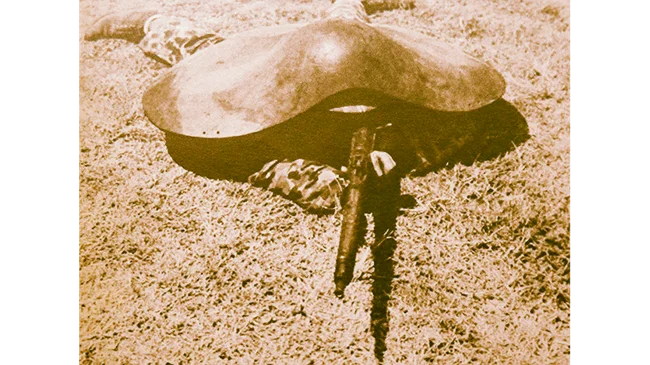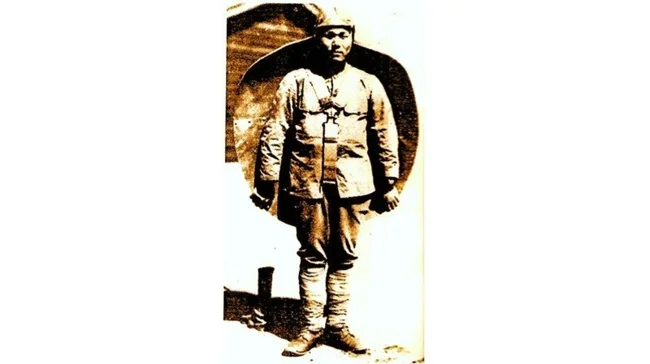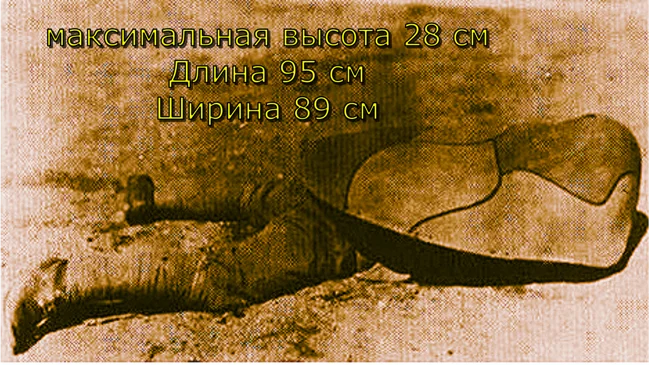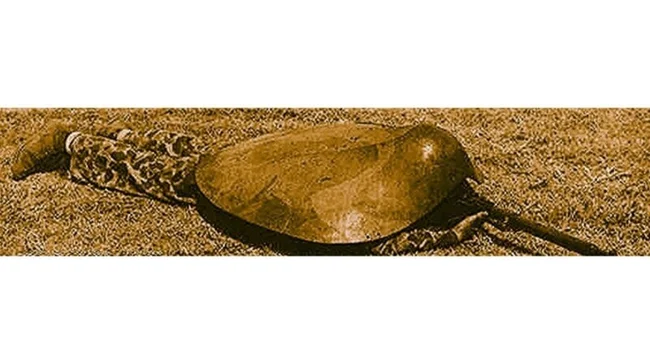In the 1930s, the Japanese command was concerned with the issue of protecting sapper units from shell fragments and bullets using armor shields. 
Engineers were also tasked with helping sappers overcome barbed wire. Vertical shields could not be used on rough terrain because a person behind them became a target for snipers. 
In addition, such designs did not protect at all from shell fragments from behind or from the side. Preference was given to a hexagonal horizontal shield, attached to the soldier's back with belts. The fastening scheme is Y-shaped. By 1937, testing of the design began. 
As it turned out, the shield provided excellent protection from shrapnel and grenade fragments detonated even five meters from the soldier. They simply ricocheted. True, no one took into account that the soldier could be concussed. The shield also protected well from bullets. The steel sheet withstood a hit from an Arisaka rifle from a hundred meters. The turtle shield was most massive in the front part. there the thickness of the armor plate reached 6 mm, in other places - at least 2. 
According to the engineers' plan, it was assumed that a soldier in such a "turtle" shield had to move on his belly. It is unlikely that at the development stage the designers assumed that moving in their brainchild would be so inconvenient that their 30-kilogram shield would not be accepted into service.
Add your comment
You might be interested in:























